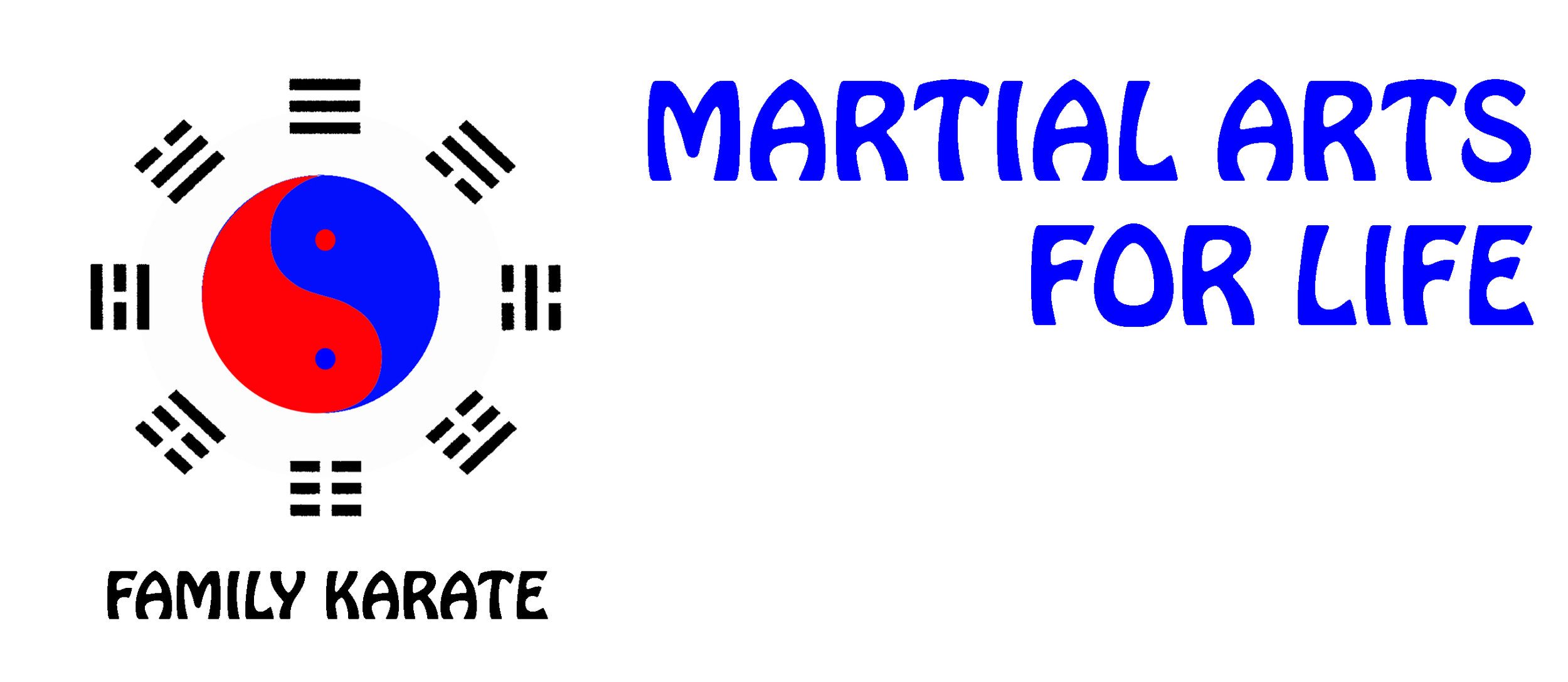This Weeks Art Challenge is Sei Shan Represented by the Mantis
The karate Hyung Seisan (十三) (alternate names Sesan, Seishan, Jusan, Hangetsu) literally means '13'. Some people refer to the Hyung as '13 Hands', '13 Fists', '13 Techniques', '13 Steps' or even '13 killing positions'. However, these names have no historical basis.
Seisan is thought to be one of the oldest Hyung, being quite spread among other Nahate schools. Shito-ryu has its own version similar to Sanchin and different versions are now practiced even in Shuri-te derivatives like Shotokan (called Hangetsu) and in Wado-ryu (called Seishan). Isshin-ryū also adopted this kata. This kata was adopted by Korean Tang Soo Doand is called either by its original name Sei-Shan or Seishan, or Ban Wol which is the Korean translation of Han Getsu ("half moon"). Due to its difficulty, this kata is often reserved for advanced students.
There are numerous theories regarding the name of the Hyung / kata. These include the number of steps originally in the kata, the number of different types of 'power' or 'energy' in the kata, the number of applications, or that the kata represents defence against 13 specific types of attack. The most likely explanation is the number of non-repeating techniques contained within the kata. It is believed Seisan derives from Yong Chun White Crane Boxing from Fujian Province in Southern China, where the form is known as 'Four Gate Hands'. (This is completely unproven and uncorroborated. There are some other Chinese styles having a form called 'Shisan' (13) in their curricula. According to research conducted by researcher Emanuel Giordano, the kata would derive from the Chinese form 三戰十字 San Zhan Shizi, as demonstrated in the article "Seisan's origins" .
